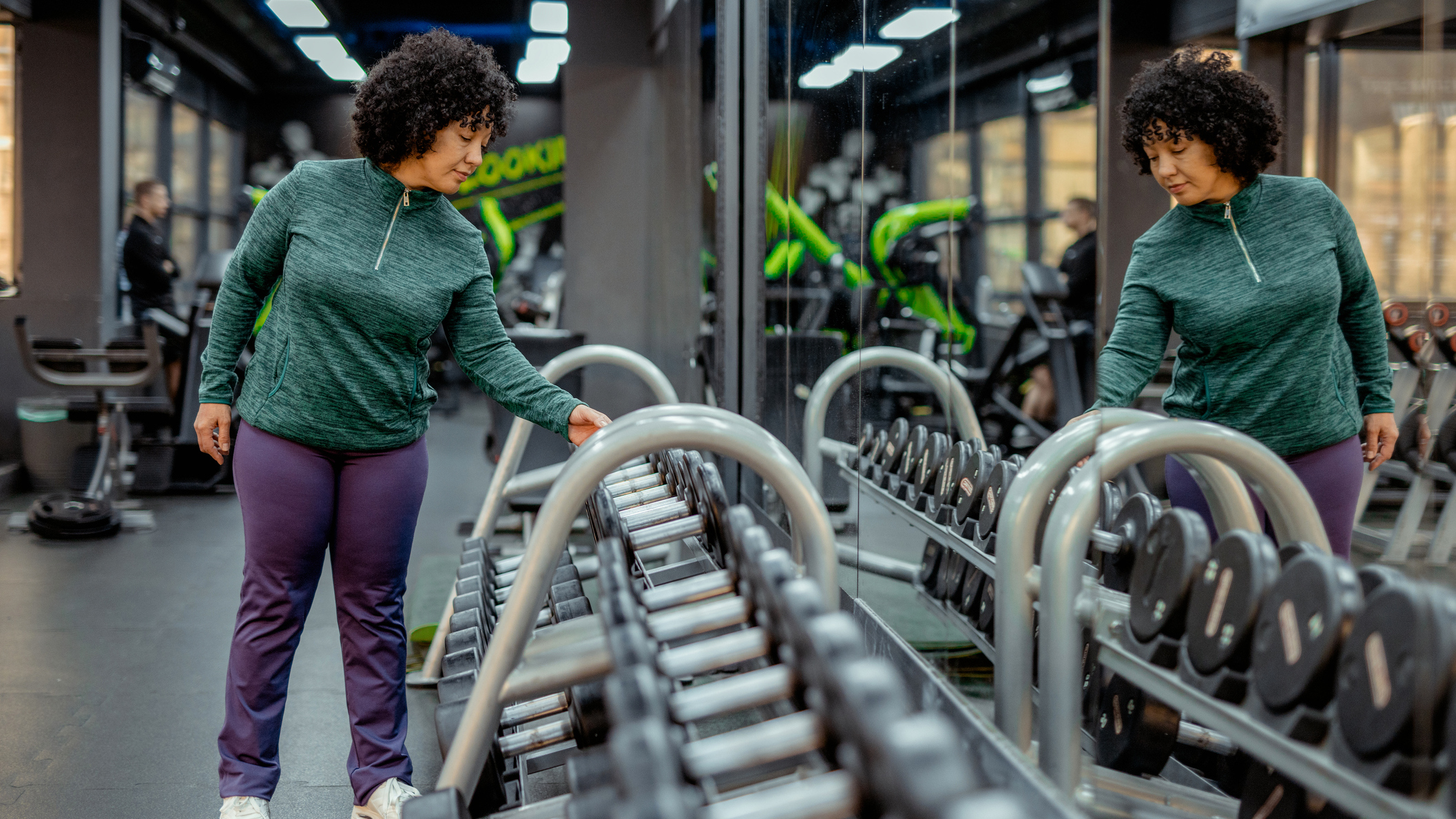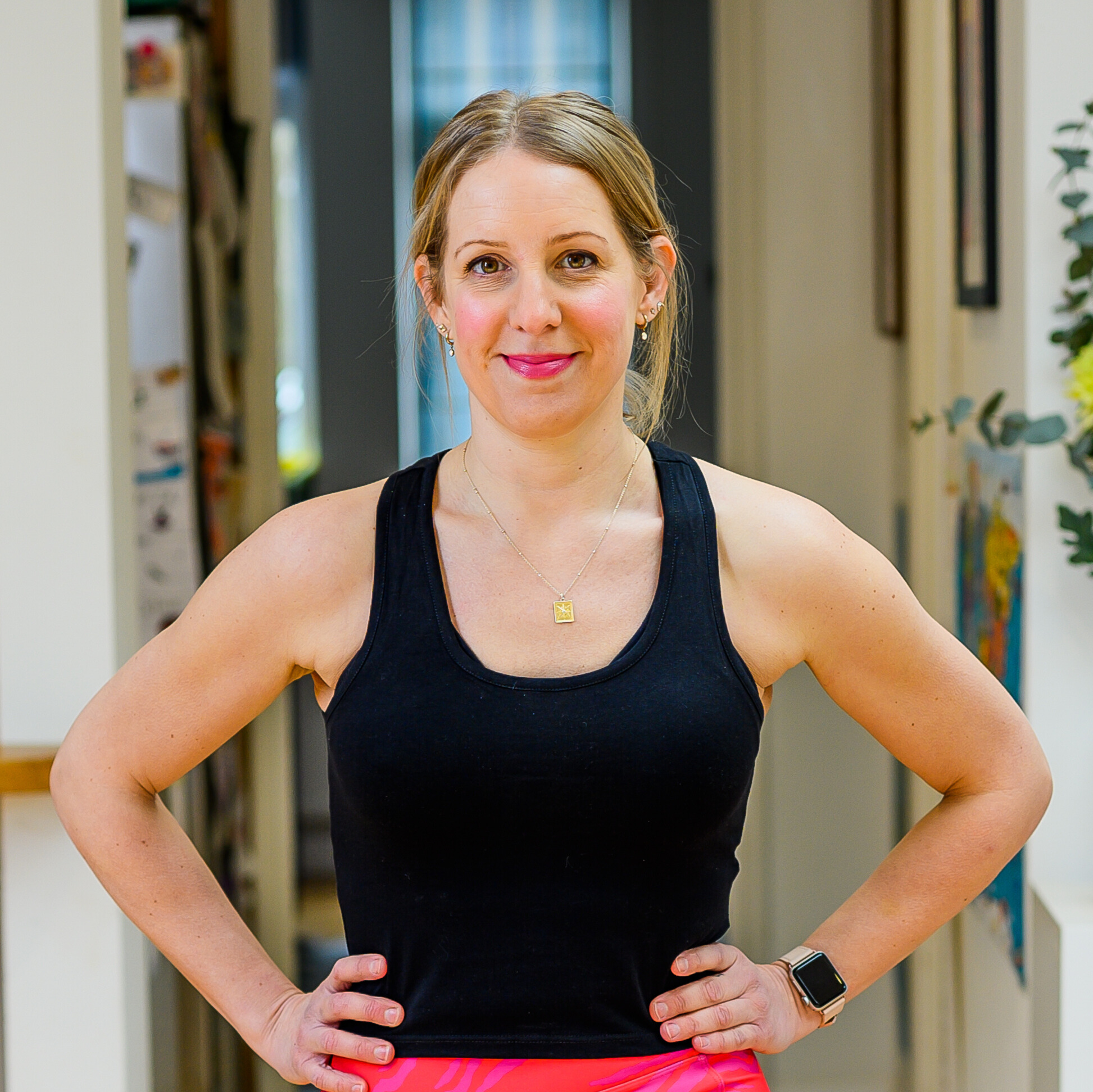If you think “the harder you train, the fitter you’ll get”, you are WRONG, according to this expert—here’s what you need to know
Follow this scientist’s formula to get fit


We’ve all heard the phrase no pain, no gain, but if you think pushing yourself to your limits will automatically mean results, you’re wrong. At least according to Dan Gordon, professor of exercise physiology at Anglia Ruskin University.
“One of the things that we sometimes fall into the trap of doing is assuming that the harder we train, the fitter we are going to get,” Gordon tells me, “and actually that is probably the furthest from the truth.”
Gordon shared with me the principles that will help the average person train smartly and get fitter, without it becoming an exercise in punishment.
Start small
The good news is that if you’re new to exercise, Gordon says you only need to do 30 minutes of exercise three times a week to see “quite significant cardiovascular adaptations”.
“If I am just looking to generally get fit, like I think the majority of your readers are, then you need to do no more than three 30-minute sessions a week,” says Gordon.
“The evidence is really good that 30 minutes of continuous exercise where you’re working at a low to medium-intensity heart rate—about 140 to maybe 160 beats per minute—is ample to bring about quite significant cardiovascular adaptations.”
Progress slowly
Gordon says a gradual approach known as progressive overload is the key to getting fit.
Start your week with achievable workout ideas, health tips and wellbeing advice in your inbox.
“The idea is that you would do probably three weeks of progressive overload—that is the increase in the training load.”
You can increase the training load in a number of ways, including by increasing the intensity of exercise, frequency of training or duration of each workout.
Just make sure to increase your training load in small steps. “It’s not big, big jumps—it’s a progressive increase. This means that the adaptation is going to be sustainable, but also fundamentally that we are not going to lose the motivation to exercise.”

Let yourself recover
What should you do after three weeks of making your workouts progressively harder? “The fourth week would be an offloading or a recovery-based week,” says Gordon.
“For the body to biologically adapt, for example to develop muscular strength, we have to put that system under stress,” says Gordon. “Interestingly, that adaptation [eg. in muscular strength] doesn’t take place during the exercise, it takes place in the recovery.
“The recovery stage is really where the majority of the adaptation is going to take place because we've taken away, not all, but some of the training stimulus, which then drives the biological adaptation that we are looking for.”
Be patient
“One of the things that often happens is people say, ‘I'm not seeing results, nothing seems to be happening’,” says Gordon. “The classic one we see this with is strength training.
“Most people who strength train are thinking, ‘I want to get bigger,’ but it takes about 12 weeks from the first time we expose somebody to strength training to see any evidence of muscle hypertrophy [growth].
“However, we know there are gains in strength happening after about four weeks of strength training. If I test somebody's maximum strength at the start of a training program, and then every four weeks, I’ll see that there are gains in the amount of force they can produce, but no gains, or noticeable gains, in the cross-sectional area of the muscle.
Know what to track

“Bodyweight is not a good metric to monitor,” says Gordon, “as it’s affected by so many things. Lots of people exercise because they want to lose weight, but one of the issues is your bodyweight may not change at all because you might be losing fat mass but increasing in muscle mass.
“I recommend looking for other measures that show you are getting fitter. For example, is your resting heart rate decreasing? Is there an increase in muscular strength? Or is there an increase in the amount of weight that you can lift?
Know when to change
To see the biggest change in your fitness level, then varying your workouts every four to six weeks is key, says Gordon.
If you don’t vary your workouts you will most likely hit a plateau and stop seeing results. “The net result if we always do the same workload or workout is that we never get improvement,” says Gordon.
“We might get a short-term improvement because if we never worked on that component of fitness before it will have an effect, it will create the the fatigue, but as we get fitter, the biological system has adapted, it’s producing less and less fatigue and we get less of the adaptation.”
“If we always do the same thing using the same equipment or the same exercises, it becomes monotonous,” says Gordon, “and actually it's one of the reasons that we get poor exercise adherence. People just get bored with doing the same things.”
Maddy Biddulph is a journalist specializing in fitness, health and wellbeing content, with 26 years in consumer media working as a writer and editor for some of the bestselling newspapers, magazines and websites in the US and UK, including Marie Claire, The Sunday Times and Women’s Health UK.
She is a CIMPSA-certified PT and works one-on-one with clients, as well as running Circuits Club classes which mixes cardio and strength training and chair-based exercise classes for seniors.
